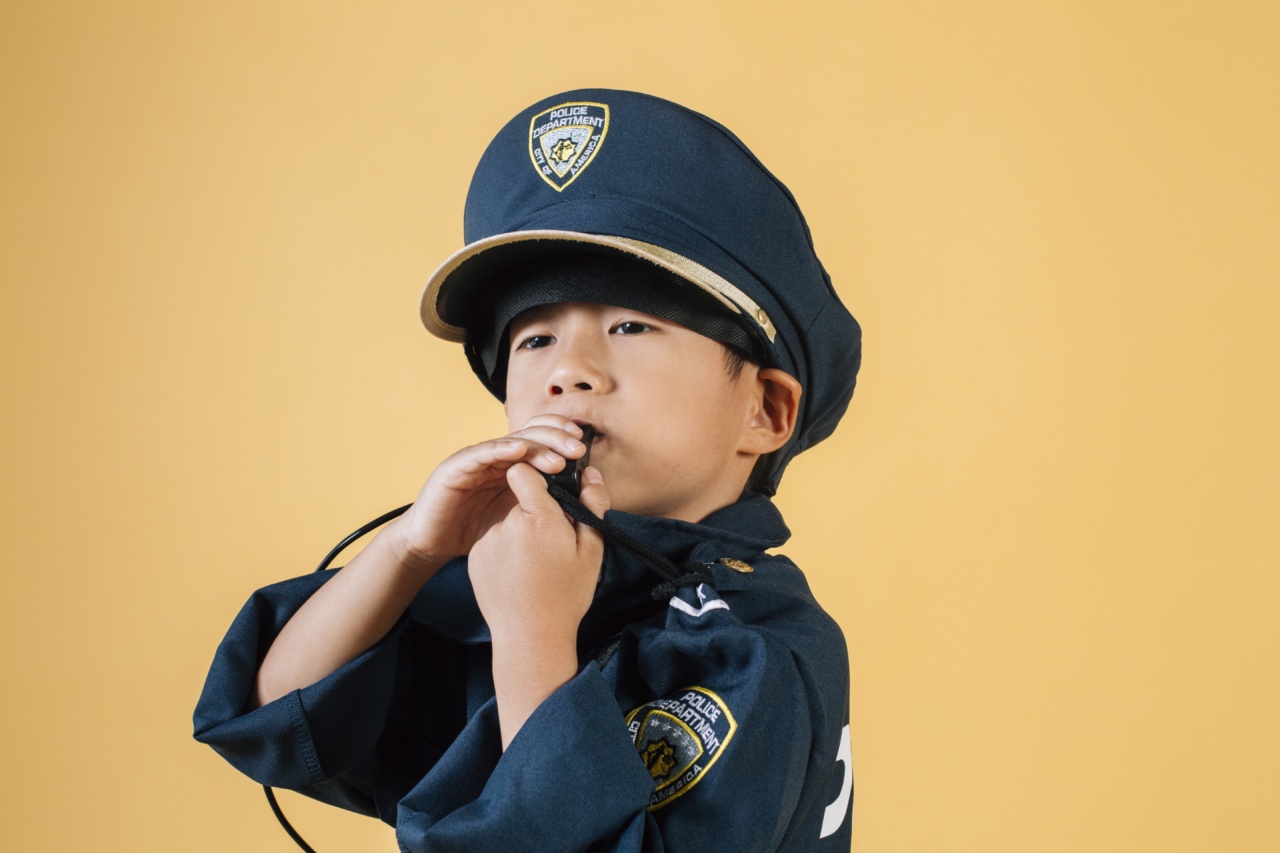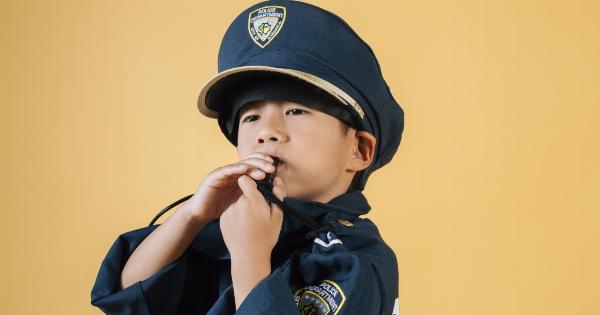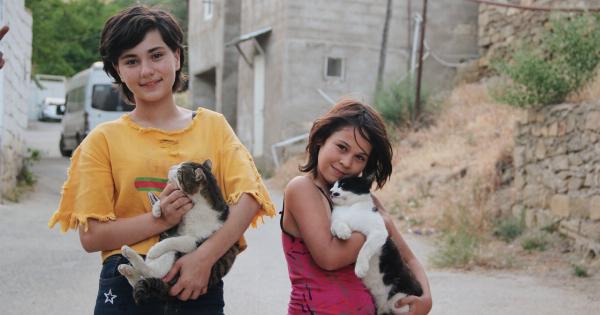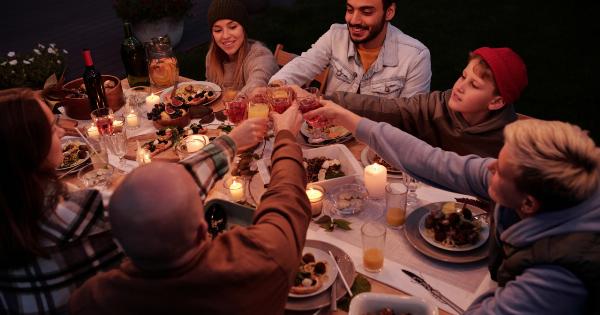For many children around the world, the belief in Santa Claus is a cherished part of their childhood.
The idea of a jolly man in a red suit who travels the globe in one night, delivering presents to all the good children, fills their hearts with excitement and wonder. It’s a magical time, where dreams come to life and anything seems possible.
The Early Years: Innocence and Wonder
Young children, typically between the ages of 2 and 5, are the most ardent believers in Santa Claus. They are captivated by the stories, songs, and movies that depict the merry old man and his helpful elves.
Their imagination is boundless, and they embrace the idea of a benevolent figure who rewards good behavior and grants wishes.
During this stage, children eagerly write letters to Santa, detailing their heartfelt wishes for Christmas morning. They carefully place cookies and milk by the fireplace, eagerly anticipating the moment when Santa visits their home.
The pure joy and excitement they experience on Christmas morning, finding presents under the tree that they believe were brought by Santa, deepens their belief in the magic of Christmas.
School-Age Years: Questions and Doubts
As children grow older and enter the school-age years, usually between 6 and 10, their belief in Santa Claus begins to evolve.
They become more critical thinkers, questioning the plausibility of a single man delivering presents to every child in the world within a single night. They may also hear rumors or have classmates who no longer believe in Santa, further planting seeds of doubt.
This stage is often marked by a transition from a firm belief to a more speculative belief.
Children may start asking probing questions, such as how Santa manages to fit through chimneys, or how he can visit children in different parts of the world at the same time. They may also express concerns about logistics, such as how Santa carries all the presents on his sleigh.
It is during this phase that many children turn to their parents, seeking reassurance and clarification. Some parents choose to maintain the belief in Santa Claus, emphasizing the importance of imagination and the spirit of Christmas.
Others may gently reveal the truth, explaining that Santa is a symbol of the Christmas spirit and that parents play a role in creating the magic of the season.
Tween Years: The Turning Point
As children approach their preteen years, typically around 11 or 12, their belief in Santa Claus reaches a critical turning point. The influence of peers, access to information, and cognitive development all play a role in this shift.
At this age, children are more likely to critically evaluate the evidence and come to their conclusions.
For some children, the tipping point may come when they discover hidden Christmas presents or pieces of Santa’s attire in their parents’ possession.
Others may uncover compelling evidence on the internet or have older siblings who reveal the truth. Whatever the trigger, this stage often marks the end of their belief in Santa Claus.
While the loss of belief can be disappointing for some children, it is also a natural part of their development. The transition from belief in magical figures to a more realistic understanding of the world is an essential cognitive milestone.
Maintaining the Magic: Nurturing the Spirit of Christmas
Although many children eventually stop believing in Santa Claus, the magic of Christmas can still be cherished and nurtured.
Parents, as well as other family members and friends, play a crucial role in creating a festive and joyful atmosphere during the holiday season.
By focusing on the values of love, kindness, and giving, parents can emphasize the true spirit of Christmas.
They can encourage their children to embrace their role as “Santa’s helpers,” helping to spread joy and participate in acts of charity. Engaging in traditions like baking cookies, decorating the house, and watching Christmas movies together can keep the magic alive, even without the belief in Santa Claus.
Maintaining the Secrecy: Preserving the Magic for Younger Siblings
For children who have siblings or younger family members who still believe in Santa Claus, the older children may be asked to help maintain the secrecy.
This role can provide a sense of responsibility and pride, as they become part of the tradition and pass on the magic to the next generation.
Parents often rely on their older children to be discreet and avoid revealing the truth prematurely.
This can be an opportunity for the older child to reflect on their own experience and appreciate the nostalgia and enchantment that come with preserving the belief in Santa for younger siblings.
Celebrating the Season: Beyond Santa Claus
Ultimately, the magic of Christmas extends far beyond the belief in Santa Claus.
The festive decorations, the joy of giving and receiving presents, spending quality time with loved ones, and the overall warmth and generosity of the season create cherished memories that last a lifetime.
As children grow older, they come to appreciate the deeper significance of Christmas and the values it represents. They learn to embrace the joy of giving, the spirit of togetherness, and the importance of gratitude.
While the belief in Santa may fade, the enchantment of the season can continue to fill their hearts, bringing joy and wonder year after year.
Conclusion: The Transition from Belief to Celebration
The belief in Santa Claus is a fundamental part of many children’s childhoods, but it gradually fades as they grow older and become more critical thinkers.
The transition to a more mature understanding of Christmas is a natural part of their cognitive development.
While the end of belief in Santa may be bittersweet for some children, it opens up new opportunities for them to participate in creating the magic and joy of the season for others.
Whether by embracing the role of “Santa’s helper” or engaging in beloved holiday traditions, the spirit of Christmas can continue to shine brightly in their lives.






























